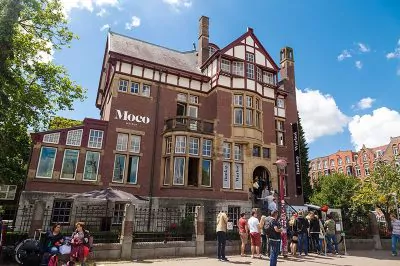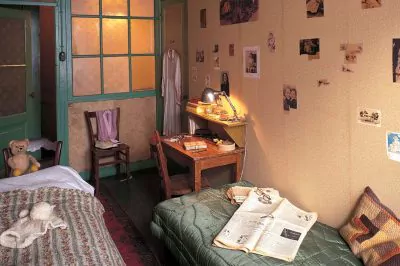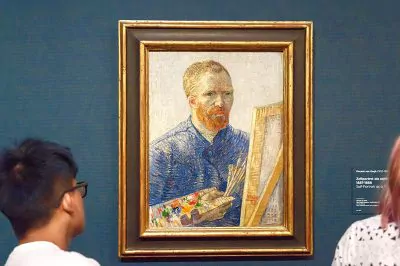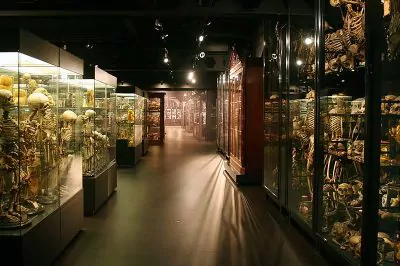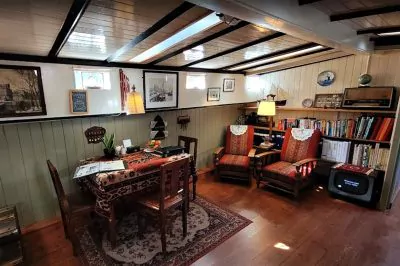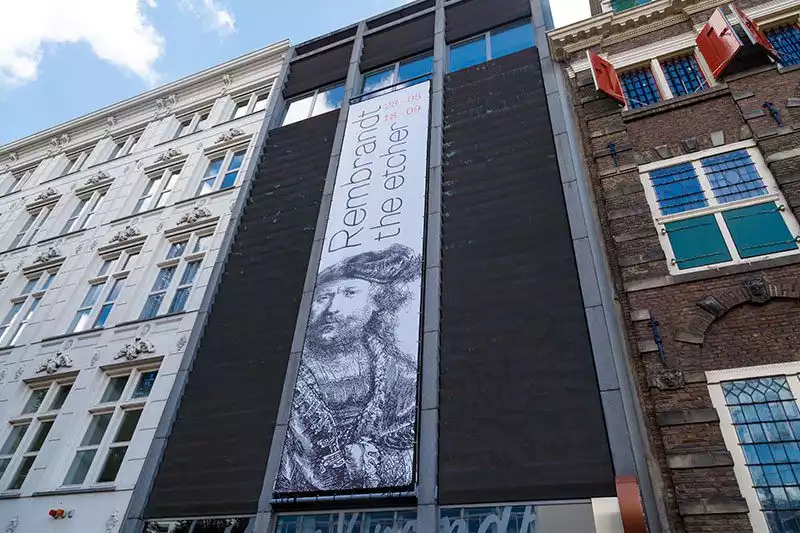
Rembrandt House Museum: A Must-See For Art Lovers
Rembrandt, one of the most famous painters of the Netherlands, lived during the Dutch Golden Age, a period when art, science and commerce were at their peak in the Netherlands. Considered one of the 17th century’s best painters, Rembrandt is known as the master of light and shadow because of his realistic paintings.
Rembrandt was also a good collector. He loved nature as well as antiques and handmade objects, and he would add the objects he brought from nature to his collections. Especially the metal objects, which he emphasized a lot with the students in his painting studies and played an important role in his development, were also considerable.
Most of his collections, from fossils to dried animals, from bust sculptures with Roman characters to seashells, were probably frequently used in his painting works. Since he sold his possessions due to bankruptcy, most of the objects today are said to be donations from private collections.

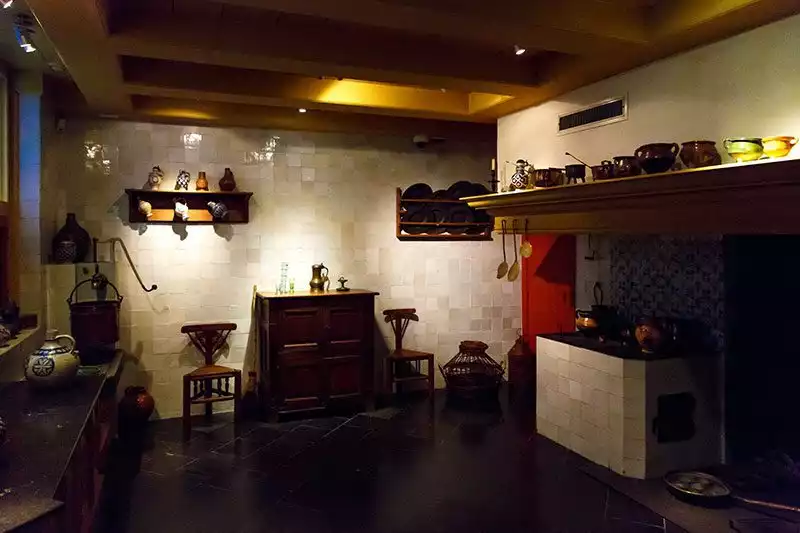
Rembrandt bought the house built in 1606 on the Jodenbreestraat street of Amsterdam in 1639 and worked and lived in the rooms of this house until 1656. In 1956, when Rembrandt was 50 years old, he could not pay the mortgage on the house and went bankrupt and had to sell his paintings, sculptures, weapons, drawings, prints and belongings at auction.
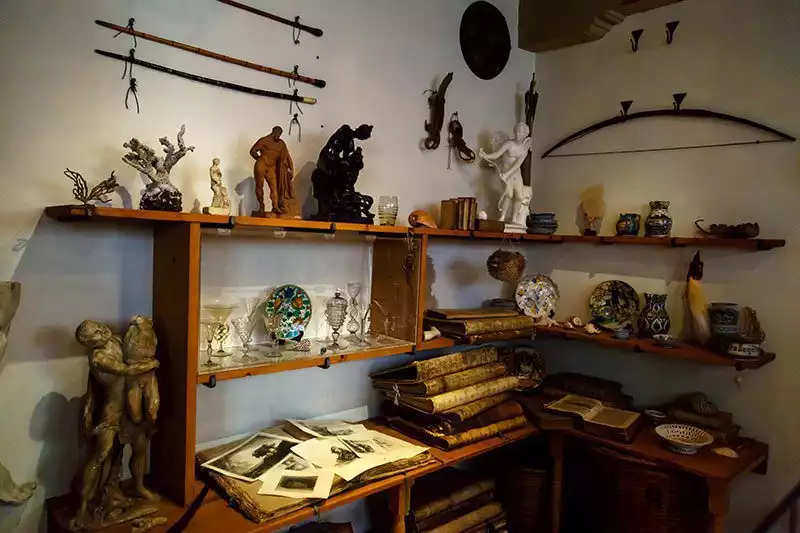
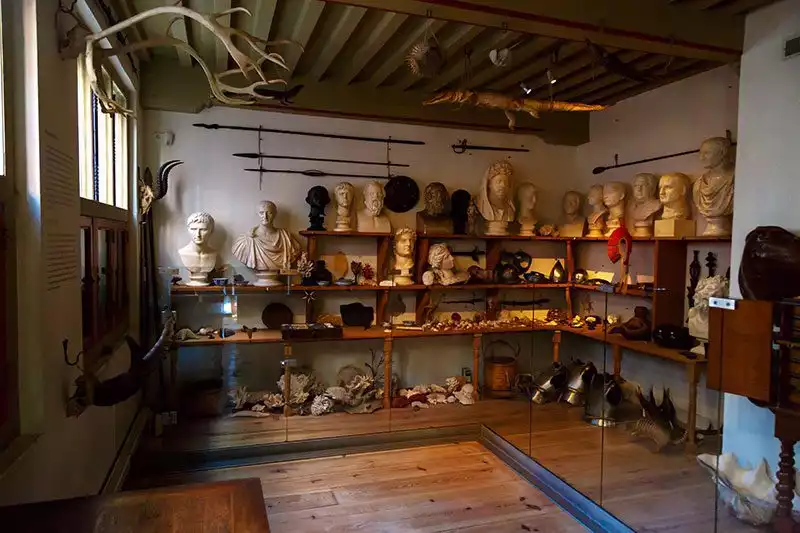
The walls of Rembrandt van Rijks’ house are now adorned with various engravings by Rembrandt, his own paintings, paintings by his students and famous painters of the time. One of the points of interest of the building is the bed in the kitchen. The maid of the house used to sleep on this box bed. The bed is a bit flat and short. If we wanted to lie there now, we could barely curl up. Because at that time they didn’t lie down completely to prevent the blood from filling the brain. We can see beds like this in many places in Europe.
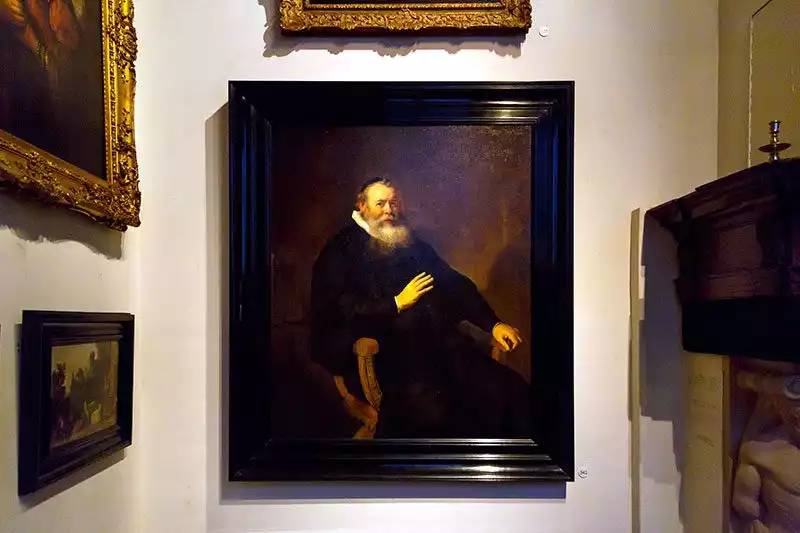
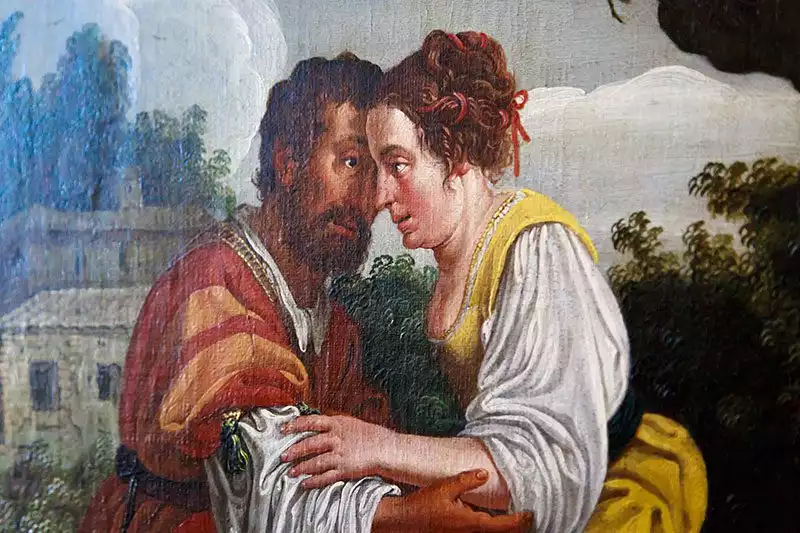
When trade was at its peak in the Netherlands, the bourgeois class constantly had their portraits painted by painters. In addition to portraits, various organizations would also gather and have their own paintings made. Rembrandt painted his first group painting, Dr. Nicolaes Tulp’s Anatomy Lesson, in 1632.
The house where Rembrandt, who had many famous works such as The Philosopher in Meditation, Portrait of Johannes Wtenbogaert, Abraham and Isaac, Night Patrol, Moses and the Ten Commandments, lived was bought by an organization that respected Rembrandt and restored to its former state and started to serve as a museum. Rembrandt’s works are exhibited in the Rijksmuseum in Museumplein in the south of Amsterdam.
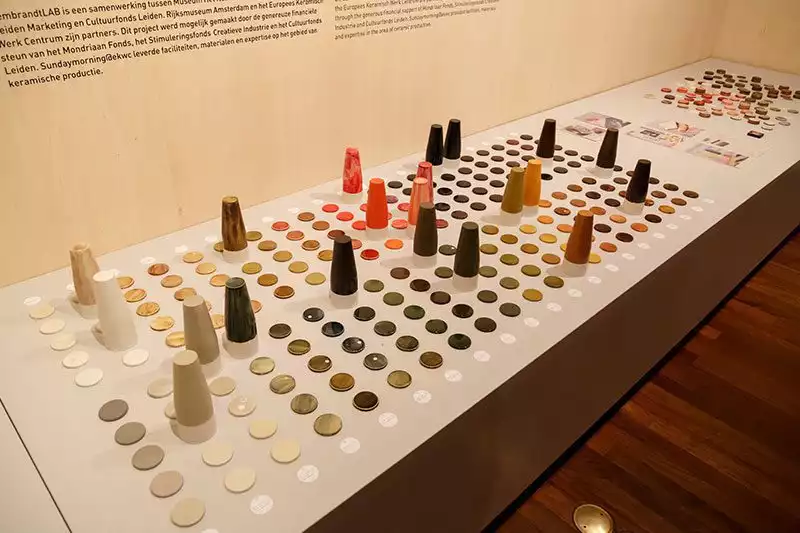
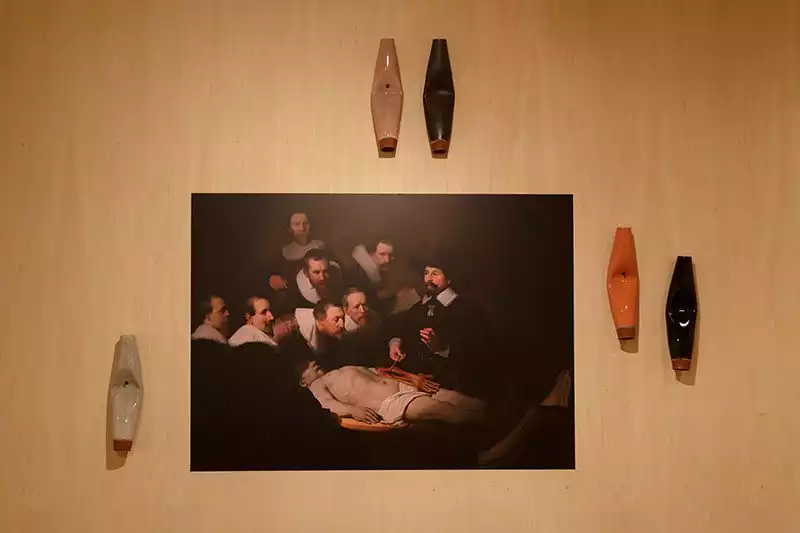
In one of the rooms of the Rembrandt House, information about Rembrandt’s painting style is given. Rembrandt’s use of paint and brushes is shown in 15-minute tutorials. One floor of the house was used as a workshop by Rembrandt. In this workshop, he taught his students and drew pictures with them. Since this is the brightest floor of the building, it is thought that he used it as a workshop.
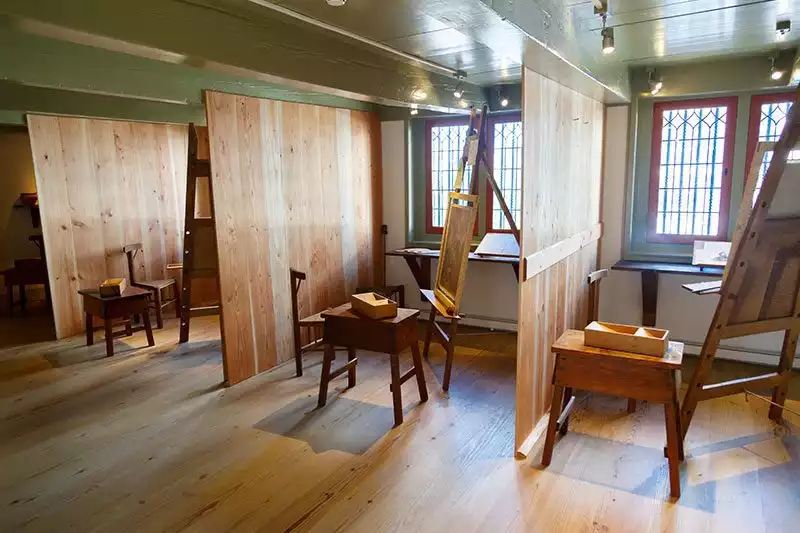
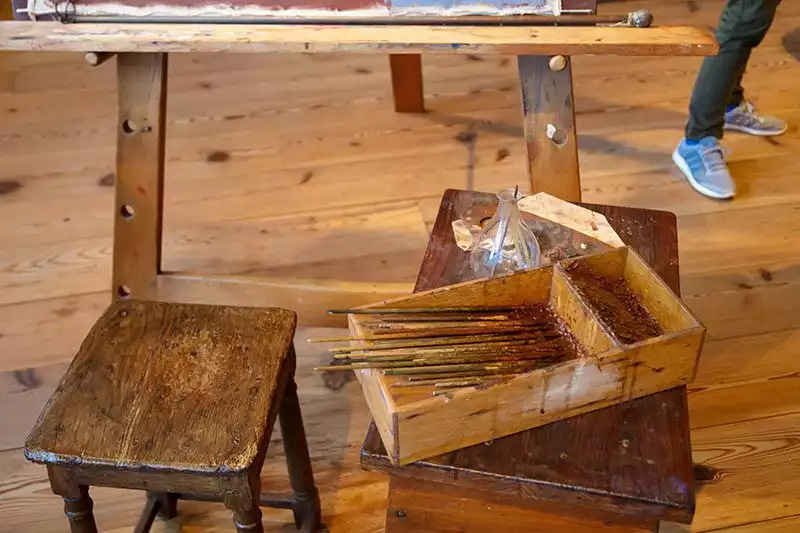
You can enter the Rembrandt House for free with your Amsterdam Card. You can reach the museum by metro number 51, 53, 54 and trams number 9, 14.
The Rembrandt House Museum is a must-see for anyone interested in the life and work of one of the Netherlands’ most famous painters. The museum offers a unique insight into Rembrandt’s world, giving visitors the opportunity to see how he lived and worked. With its extensive collection of Rembrandt’s paintings, drawings and prints, the museum is also a great place to get an insight into his artistic development over the years. If you are visiting Amsterdam, don’t forget to add the Rembrandt House Museum to your list of places to see.
